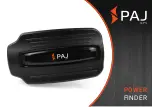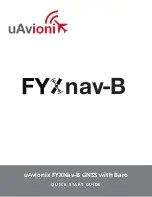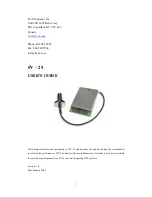
GPSMAP 4000 Series Owner’s Manual
U
Sin
G
C
hart
S
Navigation Chart Settings
To access additional settings or options for the navigation chart, press
MENU
.
Weather
—turns the NEXRAD weather overlay on or off. Only available when connected to a
for more information.
Overlay Numbers
—controls how charting numbers appear on the screen. Choose to show or hide
the numbers by category. When set to
Auto
, the overlay numbers appear only when that category is
active.
Cruising
: GPS position, GPS heading, GPS speed, and depth. Depth is only available if
connected to a sonar unit.
Navigation
: GPS position, distance to destination, arrival (time), bearing (to destination), GPS
heading, and GPS speed. These numbers appear only when navigating to a destination (see
).
Fishing
: GPS position, depth, water temperature, and water speed. Depth, temperature, and speed
are only available when connected to a sonar unit.
Sailing
: GPS position, waypoint velocity made good (VMG), wind speed, wind direction, water
speed, and depth. Wind speed and direction are only available when connected to an optional
wind sensor. Water speed and depth are only available when connected to a sonar unit. If you
have a wind sensor, setting the sailing overlay numbers to Auto places an indicator around the
boat icon on the Navigation chart to represent wind speed and direction.
Chart Setup
—customizes the Navigation chart. See
Understanding Chart Data
BlueChart g2 and BlueChart g2 Vision charts use graphic symbols to denote map features. Some
common symbols you might see include, but are not limited to, the following:*
Dangerous Rock
Exposed Rock
Beacon
Pilot Boarding Area
Airport/Seaplane Base
Buoy
Anchorage Berth
Precautionary Area
Church
Anchoring Prohibited
Radio Report Point
Exposed Wreck
Recommended Anchorage
Fishing Harbor
Rescue Station
Fishing Prohibited
Tide Station
Information
Yacht Harbor
Current Station
Marine Services
*Some symbols might appear differently on your Garmin unit.
Other features common to most charts include depth contour lines (with deep water represented in
white), intertidal zones, spot soundings (as depicted on the original paper chart), navigational aids
and symbols, and obstructions and cable areas.
•
•
•
•










































